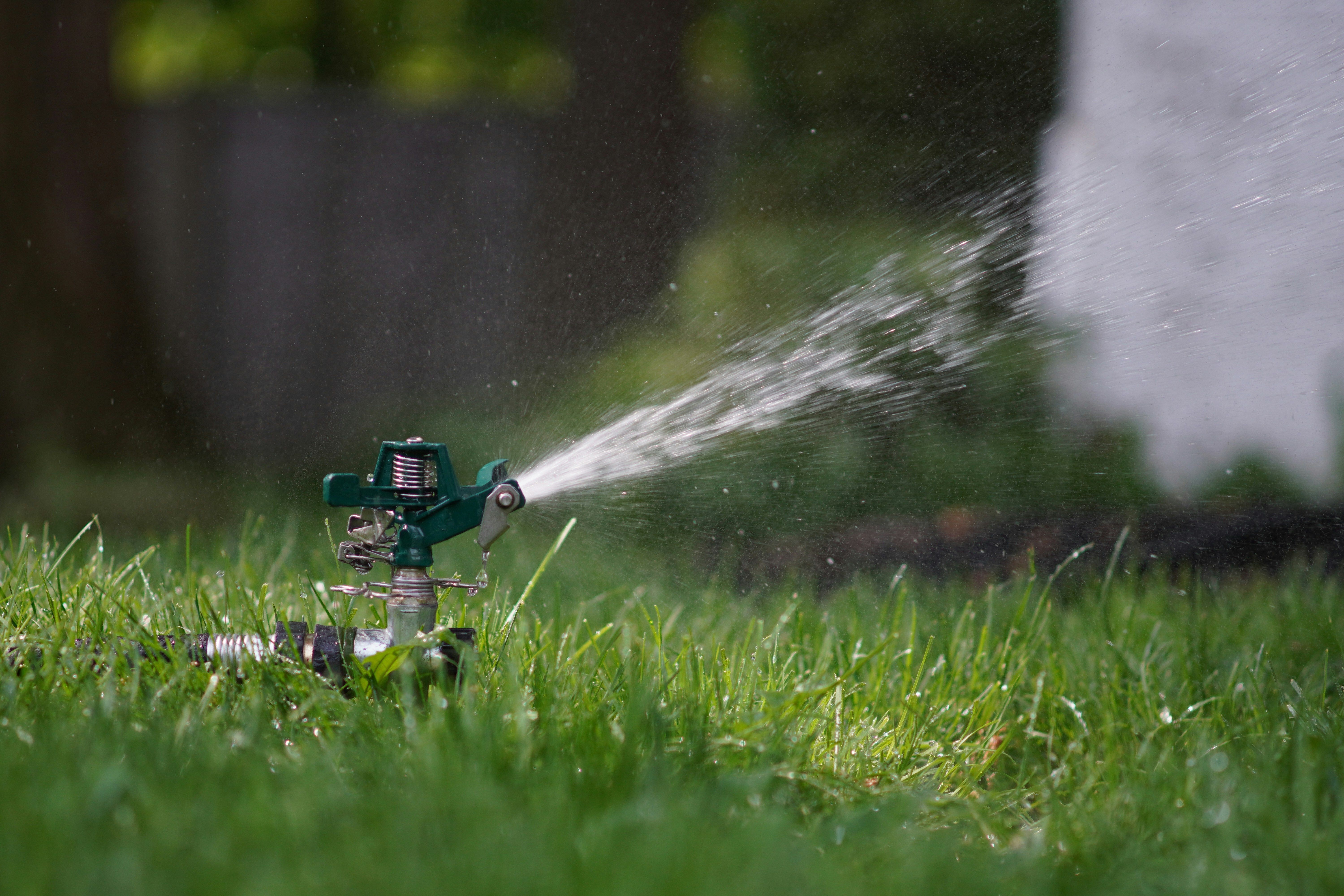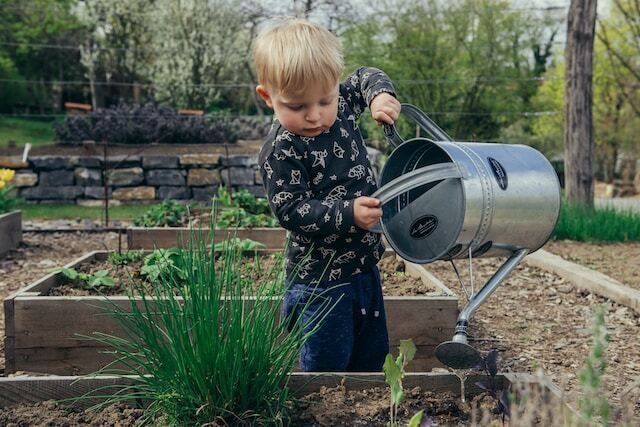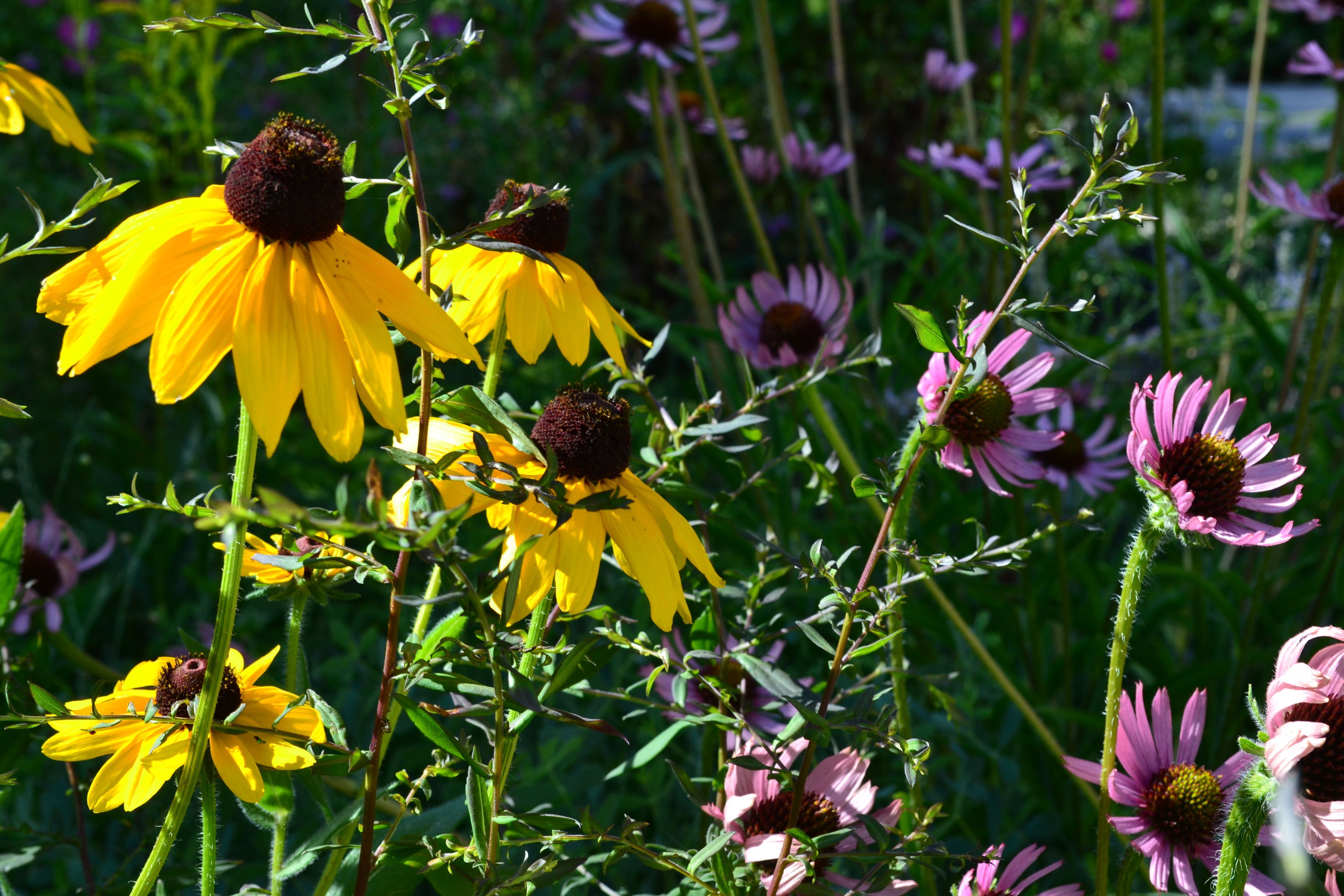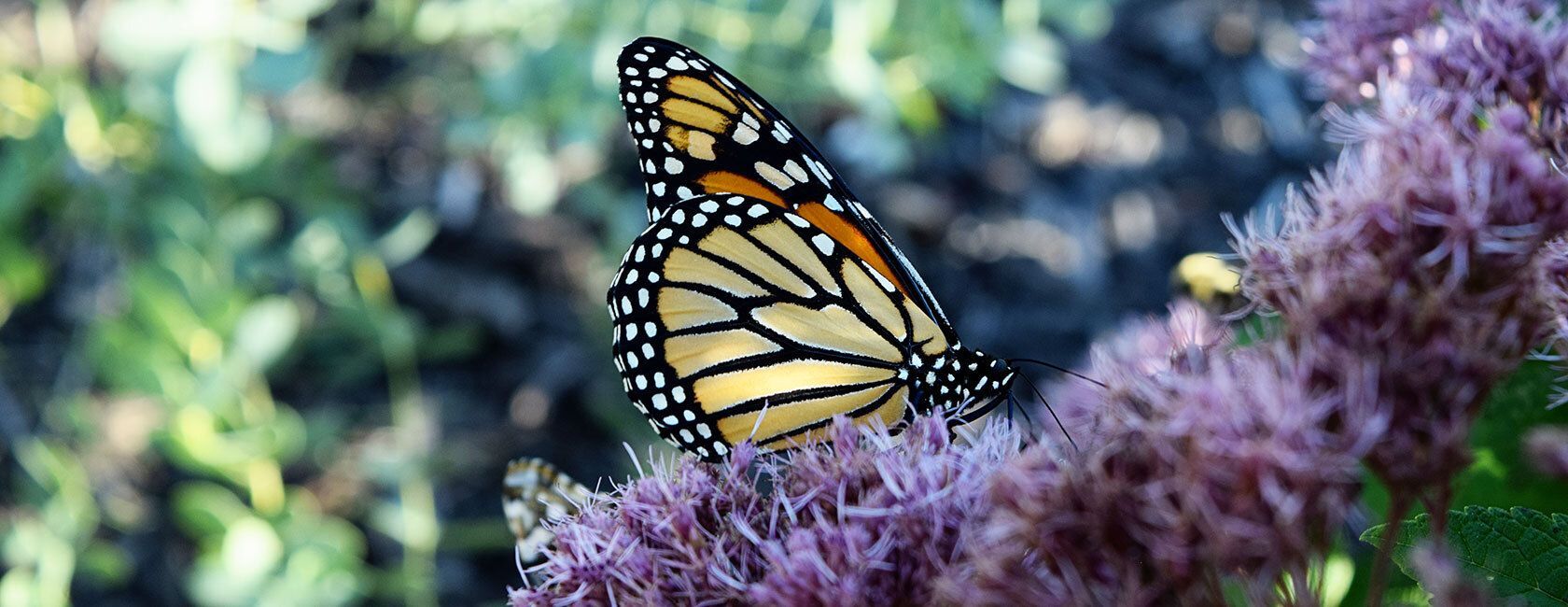YOU Can Help Protect Nebraska's Water Resources
You might be thinking you can't make much of an impact as an individual when it comes to conserving and protecting water -- but think again! One person CAN make a difference, and TOGETHER we can make an even greater impact.
A waterwise landscaping strategy is one way you can make a big difference in your own yard. What's waterwise landscaping? Quite simply, it's all about making smarter choices about efficiently using water. Watch this short video to learn more!
Make Waterwise Choices Today
Being waterwise starts with the landscape you already have; the choices we make about how to manage our existing spaces make a difference. Larger changes come with time. A waterwise landscape doesn't necessarily look the same everywhere; there are lots of different ways to make your landscape more waterwise.
Want to dig deeper? We have a variety of waterwise resources, from quick and easy handouts to longer form magazine issues, to help you learn more.
-
Start Small for a Big Impact Over Time
Consider how you care for your lawn and gardens, and look for ways to make small changes. Usually, these changes benefit us as well, with less work time and lower costs.
For example:
How often and how short are you mowing? Cutting lawn grass too often or too short causes it to require more water.
Fertilizer encourages growth which requires water; fertilize at strategic times of year when growth can be supported by rain.
When do you water? Watering early in the morning limits evaporation and gives maximum benefit to the plants and lawn.
How do you water? Do you rely on an automatic system or do you observe the weather and soil and water when needed? Make sure lawn sprinklers are directed onto lawn and not spilling over onto driveways and sidewalks. In the garden, use soaker hoses and shorter sprinklers to keep water at soil level (avoid evaporation and leaf disease).
Where are your downspouts directed —into the garden or lawn where water can be utilized by plants or onto pavement where it flows into storm drains?
-
Tackle a Larger Scale Project
Larger waterwise projects—like converting part or all of your lawn or garden into a more sustainable option—are an investment of time and money, but they can help maximize the benefits of your efforts. Make changes over time in manageable pieces that will eventually add up to a bigger impact.
Lawn can be over-seeded with diverse species including clover or converted to species more suitable to your climate like tall fescue or buffalo grass. Planting trees adds shade that helps keep your yard cool so less water is needed. Convert unused lawn spaces to garden beds that feature native plants or species well-adapted to your environment. Add a raingarden designed to capture more runoff from your roof, sidewalk, driveway, or other impermeable surfaces. Transition high water use garden plants to native species.
Learn more about lawn alternatives, rain gardens and native plants through the links below.
-
Get Involved
Share the need for waterwise practices with your neighbors and community leaders.
Share our Waterwise videos (link below) and inspiration with friends and neighbors. Our Facebook and Instagram pages also have a wealth of information daily. Follow along and share our posts.
Tell your community leaders that you care about how the town views water. Send an email, make a phone call or attend townhall meetings where related topics are being discussed. Be positive and share ideas while letting your community leaders know that you care about water resources.
Volunteer for PlantNebraska: We are a small (but mighty!) organization, which means we depend on volunteers to help us get the job done. Our volunteers help with tree planting and garden making all across the state. Sign up for our Volunteer Alert Email List (on our Volunteer page, under the "How to Help" tab), and we'll let you know when we have upcoming volunteer opportunities.
Support Our Work: PlantNebraska is a member-supported organization, which means financial support from members and donors makes it possible for us to plant more trees, make more environmentally sustainable gardens and offer more environmental education and outreach all across the state.









